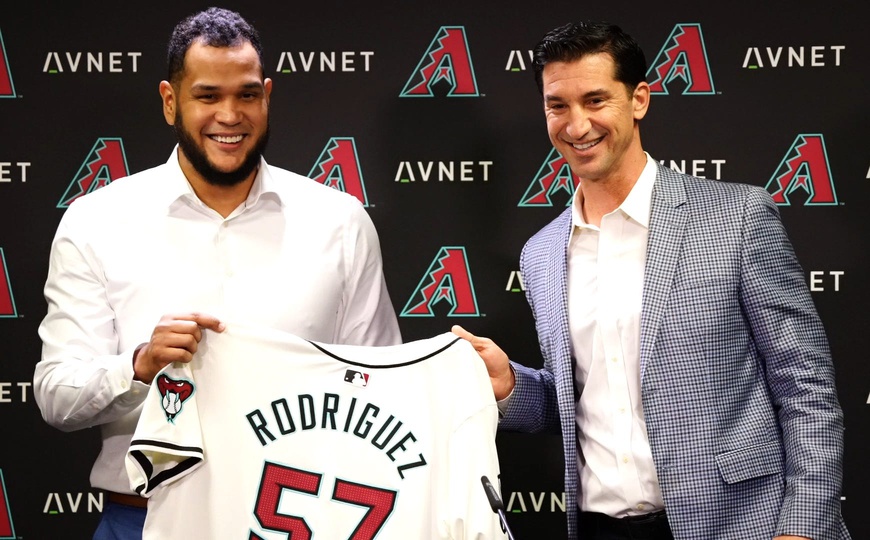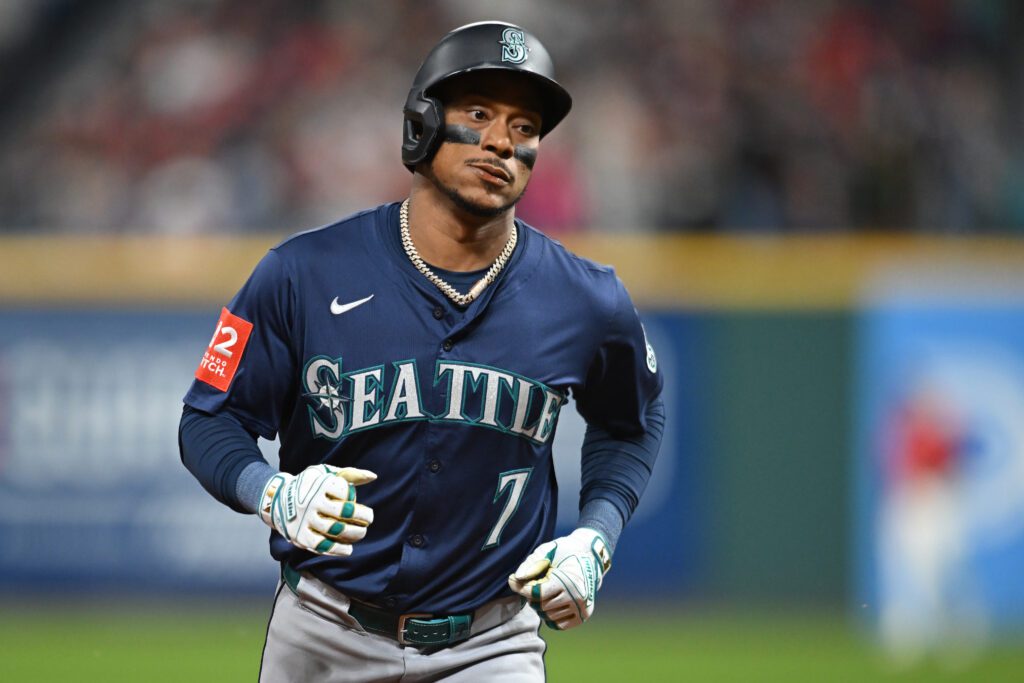With Spring Training set to begin next month, multiple Major League Baseball (MLB) free agents remain unsigned as top-tier talents Matt Chapman, Blake Snell, Cody Bellinger, and Josh Hader wait out the market until they land the big-money deals they seek. As a result, MLB free agency is once again set to consume the entire offseason, unlike the National Basketball Association (NBA) and National Football League (NFL) free agencies, during which most of the key players on the market sign new contracts within the first few weeks of the period.
League Differences
The NBA and NFL operate under collective bargaining agreement-enforced salary caps, limiting the amount of money a team can spend in free agency to reinforce its roster. Hence, football teams often cut or trade certain players before the season to create financial flexibility and cap room to pursue better players. Across the NBA, teams usually reward their best players (e.g., Stephen Curry, Lebron James) with max salaries determined by that season’s salary cap.
In contrast, a salary cap does not exist in MLB, meaning that teams can carry payrolls as high or low as they choose, resulting in significant discrepancies throughout the league. Thus, the Los Angeles Dodgers can sign Shohei Ohtani to a 10-year, $700 million contract and enter the 2024 season with a payroll well over $200 million, while the Oakland Athletics, owned by billionaire Gap clothing store heir John Fisher, look poised to carry a payroll well-below $50 million. Oakland is fresh off its second straight 100-loss campaign and is continuing its rebuild with a young roster full of prospects and other unheralded players. Relief pitcher Trevor Gott is their lone free-agent signee so far. He will likely take the bullpen spot allocated last year to the now-retired Trevor May, who finished the season as a reliable closer for the team’s few save opportunities.
While the Athletics are the most egregious example of dis-investment, they are not the only organization set to enter the 2024 season with a small payroll. The Miami Marlins also have spent nothing in free agency following their surprising playoff appearance last year.
Although teams like the A’s and Marlins that do not invest in their rosters do not face any punishment, those that carry payrolls beyond a pre-determined amount have to pay a luxury tax. It is determined by how far the team is beyond the threshold. This year’s threshold is $237 million, and the Dodgers likely won’t be the only team to exceed it. However, last year demonstrated that financial investment doesn’t necessarily buy success, as the two teams that went over the largest–the New York Mets and the San Diego Padres–missed the playoffs. It was particularly crushing for the Mets, who went all-in before the season and then owed $100 million in luxury tax at the season’s end.
Solutions for MLB Free Agency
1) Implement a salary floor while maintaining the luxury tax implications
Wealthy owners of teams in small market cities like Oakland, Cincinnati, and Tampa Bay can afford to invest more heavily but choose not to, instead receiving revenue sharing from clubs in wealthier markets. If the players’ union and league authorities agree to a salary floor between $80 and $100 million, that could go a long way toward increasing parity and reducing talent hoarding.
It also would encourage elite players to consider other teams rather than just choosing between a select few like the Dodgers and New York Yankees. However, to prevent the flush teams from increasing payroll even more to maintain their advantage, the “luxury tax” should remain in place to act as a de facto salary cap.
2) The start of Spring Training acts as the end of free-agency
Last year, versatile Jurickson Profar headlined a list of players still unsigned during the start of Spring Training. With how sparse the MLB transactions have been lately, there is an increasing possibility that some players will wait until Spring Training to sign this year.
In the future, MLB should propose that all teams complete their offseason roster transactions before preseason. That would give new players the entire Spring Training to meet their new teammates and coaches, interact with fans, and settle into their new surroundings.
3) Remove the qualifying offer aspect of free agency
Currently, clubs wishing to receive compensatory draft picks for the loss of a free agent can make a one-year “qualifying offer,” worth the mean salary of MLB’s 125 highest-paid players, to their impending free agents before the onset of free agency.
Traditionally, a team offers it to their top free agents, the player declines it, and the team receives draft pick compensation if the player moves to another team. For instance, a couple of months ago, Chapman, Bellinger, Hader, Aaron Nola, Ohtani, Snell, and Sonny Gray declined the one-year, $20 million offer. Nola re-signed with the Phillies, and Ohtani and Gray signed elsewhere.
In the prior offseason, Martin Pérez and Joc Pederson accepted the qualifying offer from their respective teams; however, that rarely happens, and the process adds to an already long 20-round draft. Therefore, MLB should revisit this minor aspect of free agency during the collective bargaining process in 2026.
These are just a few suggestions to improve MLB’s unique and unconventional free agency system, level the playing field, and bring MLB more in alignment with other major sports leagues. If the free agent signings and trades happen more frequently during the dreary winter months, that may draw more attention and excitement amongst fans for the upcoming season.
Some thought the Ohtani signing would open the floodgates and lead to other star players signing, but that has not been the case. MLB does not want to fall any further behind the NFL and NBA in terms of popularity.
Main Image: Patrick Breen/The Republic / USA TODAY NETWORK



